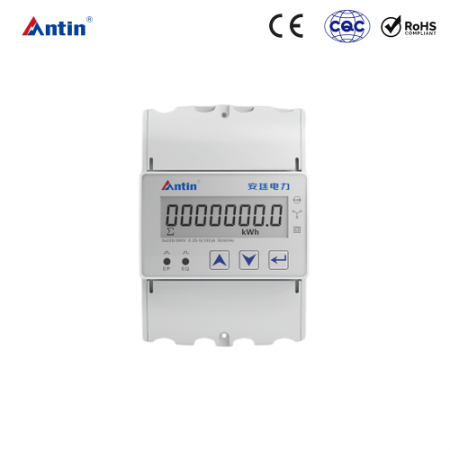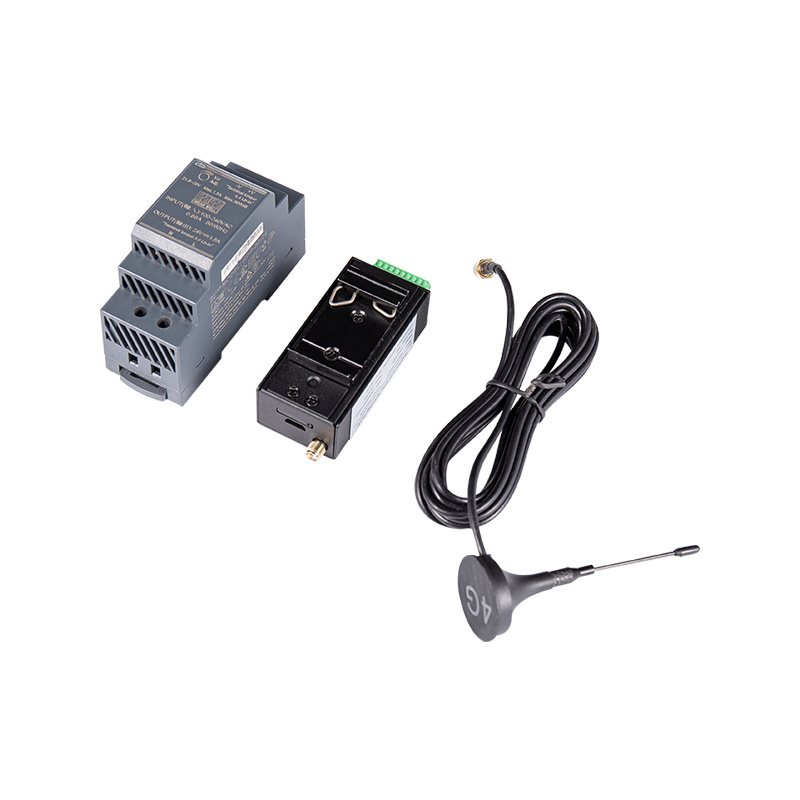Understanding DIN Rail Meters: Applications, Benefits, and Selection Guide
What is a DIN Rail Meter and Why is it Important?
DIN rail meters have become essential components in modern electrical systems, offering compact and standardized solutions for energy measurement and management. These devices mount on standard DIN rails, which are metal rails of standardized dimensions widely used for mounting circuit breakers and industrial control equipment inside equipment racks.
Hangzhou Antin Electric Power Technology Co., Ltd, as a specialized manufacturer since 2013, has been at the forefront of developing advanced Din Rail Meter solutions for various industries. Their expertise in multifunctional energy meters and customized panel meters makes them a reliable source for understanding these critical components.
Key Characteristics of DIN Rail Meters
- Standardized mounting (35mm DIN rail compatible)
- Compact design for space-efficient installation
- Wide range of measurement capabilities
- Robust construction for industrial environments
- Modular design for easy maintenance and replacement
How to choose the right DIN rail energy meter for your application
Selecting the appropriate DIN rail meter requires careful consideration of several technical parameters and application requirements. The right choice ensures accurate measurements, system compatibility, and long-term reliability.
Critical Selection Factors
Electrical Parameters
When evaluating Din Rail Meter options, consider these electrical specifications:
| Parameter | Residential Application | Industrial Application |
|---|---|---|
| Voltage Range | 110-240V AC | 380-480V AC or higher |
| Current Rating | Up to 100A | 100A-600A (with CTs) |
| Frequency | 50/60Hz | 40-70Hz |
| Accuracy Class | 1.0 or 2.0 | 0.5S or 0.2S |
Communication Requirements
Modern Din Rail Meter devices offer various communication options:
- RS-485 (Modbus RTU)
- Pulse output
- Wireless (LoRa, NB-IoT)
- Ethernet connectivity
Installation guide for DIN rail mounted power meters
Proper installation is crucial for accurate measurements and safe operation. Follow these comprehensive guidelines when installing your DIN rail meter.
Pre-Installation Considerations
Before mounting your Din Rail Meter, ensure:
- The electrical panel has sufficient space for the meter and wiring
- The DIN rail is properly secured and leveled
- All safety precautions are followed (de-energized installation when possible)
- You have the appropriate tools (DIN rail clip tool, wire strippers, etc.)
Step-by-Step Installation Process
- Turn off power to the installation area and verify it's de-energized
- Mount the DIN rail if not already installed (TS-35 standard)
- Attach the meter to the rail using the spring-loaded clips
- Connect voltage inputs following the wiring diagram
- Install current transformers if required (ensure proper orientation)
- Connect communication cables if applicable
- Double-check all connections before energizing
Benefits of using multifunctional DIN rail meters in industrial settings
Modern multifunctional DIN rail meters offer significant advantages over traditional measurement devices, particularly in demanding industrial environments.
Comprehensive Measurement Capabilities
Unlike basic meters, multifunctional Din Rail Meter solutions from Hangzhou Antin Electric Power Technology Co., Ltd can measure:
- Voltage (phase-to-phase and phase-to-neutral)
- Current (per phase and total)
- Active, reactive, and apparent power
- Power factor and phase angle
- Energy consumption (import/export)
- Harmonic distortion
Operational Advantages
| Aspect | Basic Meter | Multifunctional Meter |
|---|---|---|
| Data Collection | Single parameter | Comprehensive parameters |
| Fault Detection | Limited | Advanced diagnostics |
| Energy Analysis | Basic kWh | Detailed power quality |
| Cost Efficiency | Lower initial cost | Higher long-term value |
DIN rail meter vs traditional panel meters: A comprehensive comparison
The choice between DIN rail mounted meters and traditional panel meters depends on application requirements and installation constraints.
Space and Installation Considerations
Din Rail Meter devices offer distinct advantages in space-constrained applications:
- 50-70% space savings compared to panel meters
- No need for custom cutouts in control panels
- Easier maintenance and replacement
- Better heat dissipation in most cases
Performance and Functionality
| Feature | DIN Rail Meter | Traditional Panel Meter |
|---|---|---|
| Mounting Flexibility | High (anywhere with DIN rail) | Low (requires panel space) |
| Standardization | Universal DIN standard | Varies by manufacturer |
| Scalability | Easy to add more devices | Limited by panel space |
| Wiring Organization | More structured | Can become cluttered |
Troubleshooting common DIN rail electricity meter problems
Even with proper installation, users may encounter issues with their DIN rail meters. Here's how to identify and resolve common problems.
Common Issues and Solutions
No Power or Display
- Verify voltage is present at input terminals
- Check fuse or circuit protection devices
- Ensure proper wiring connections
- Confirm meter's voltage range matches supply
Inaccurate Measurements
- Verify CT ratios are properly configured
- Check for proper phase rotation
- Ensure all connections are tight
- Confirm meter is calibrated properly
Advanced Troubleshooting Techniques
For persistent issues with your Din Rail Meter:
- Perform a factory reset (if supported)
- Check for firmware updates
- Test with known good voltage/current sources
- Consult manufacturer documentation
Hangzhou Antin Electric Power Technology Co., Ltd provides comprehensive technical support for their DIN rail meter products, leveraging their decade of experience in energy measurement solutions. Their team can assist with complex troubleshooting scenarios and application-specific challenges.






